Multiple View Geometry in Computer Vision
Original price was: $119,99.$19,99Current price is: $19,99.
- 100% Satisfaction Guaranteed!
- Immediate Digital Delivery
- Download Risk-Free
✔ Digital file type(s): 1𝐏𝐃𝐅
A basic problem in computer vision is to understand the structure of a real world scene. This book covers relevant geometric principles and how to represent objects algebraically so they can be computed and applied. Recent major developments in the theory and practice of scene reconstruction are described in detail in a unified framework. Richard Hartley and Andrew Zisserman provide comprehensive background material and explain how to apply the methods and implement the algorithms. First Edition HB (2000): 0-521-62304-9
36 reviews for Multiple View Geometry in Computer Vision
You must be logged in to post a review.

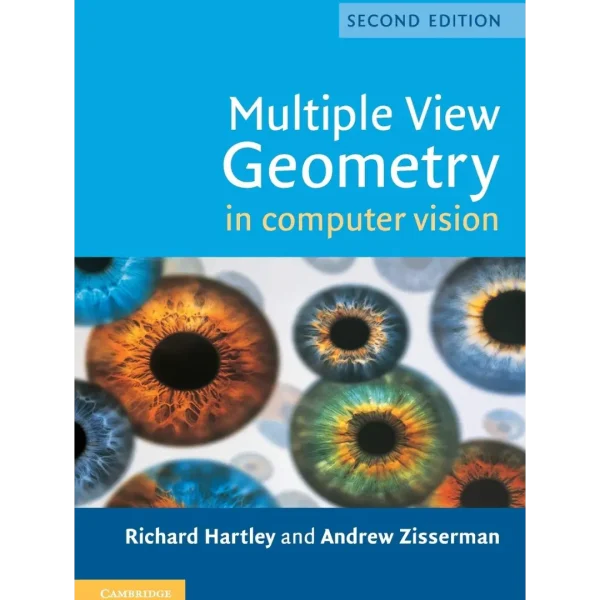

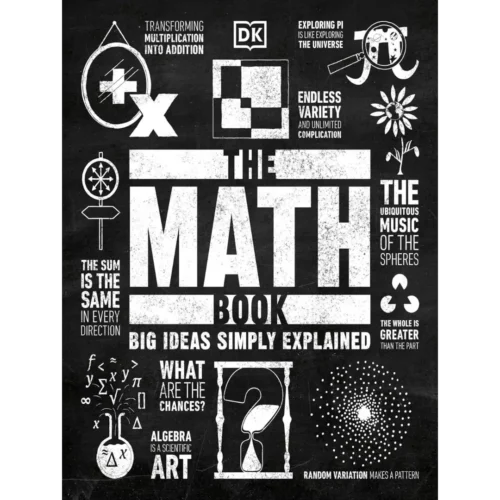
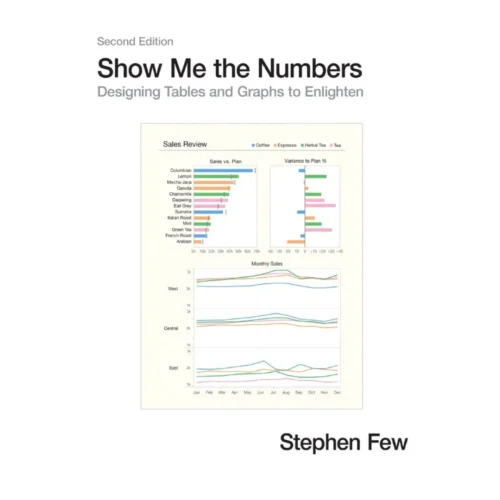
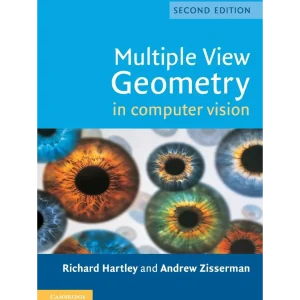
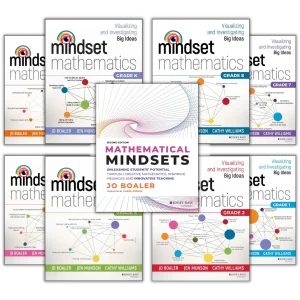

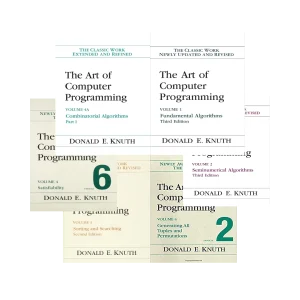

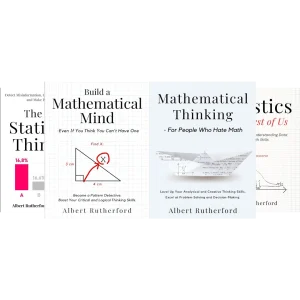



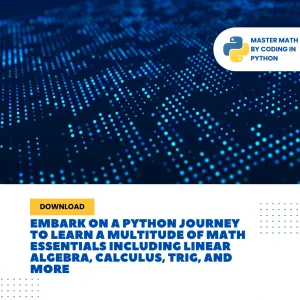

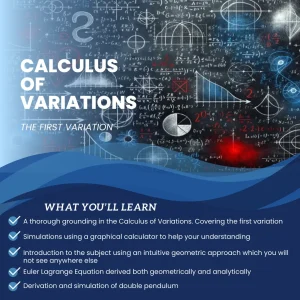
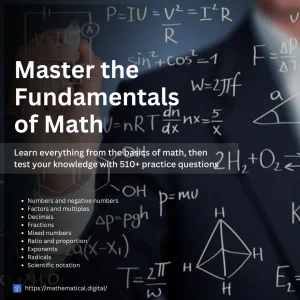


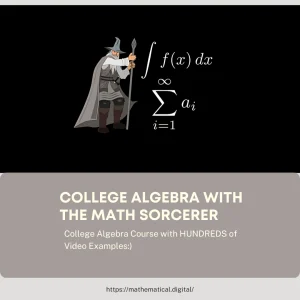

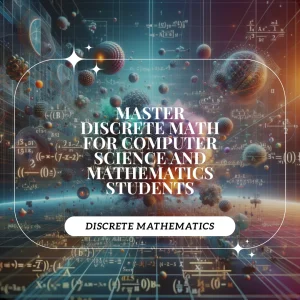
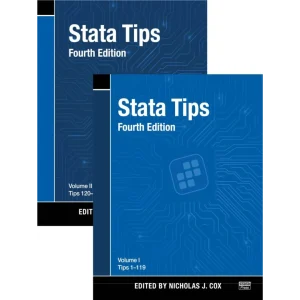
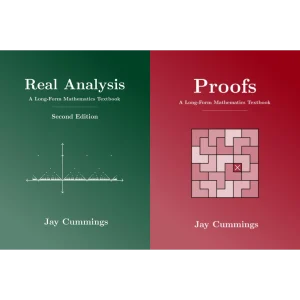
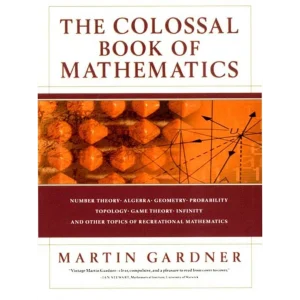
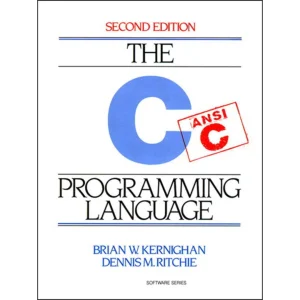
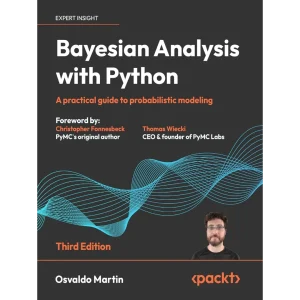
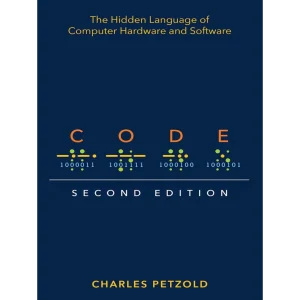

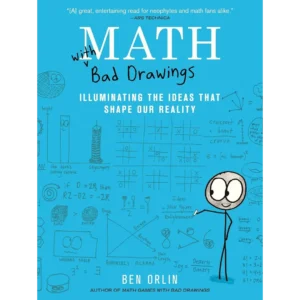
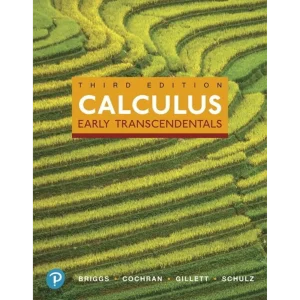
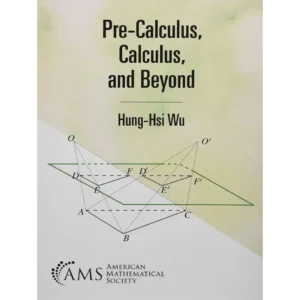
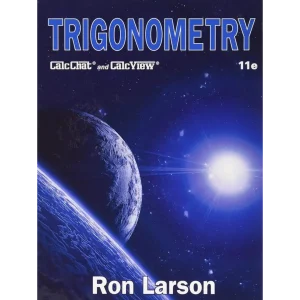

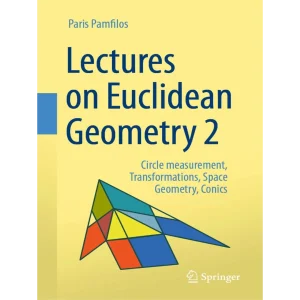
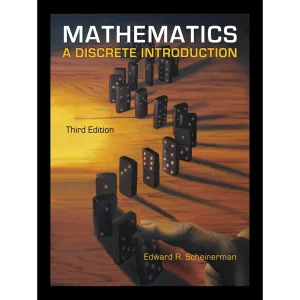

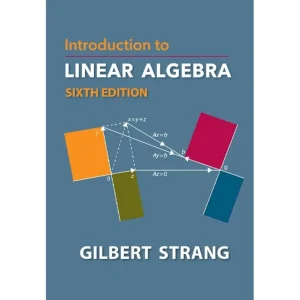
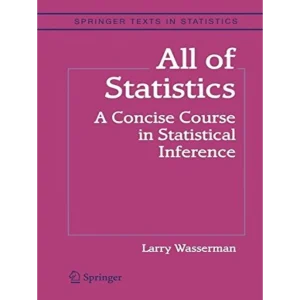
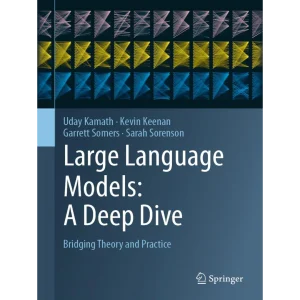
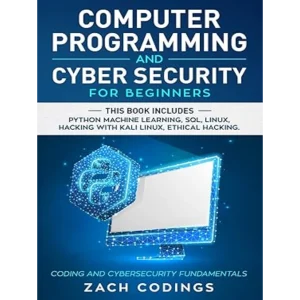




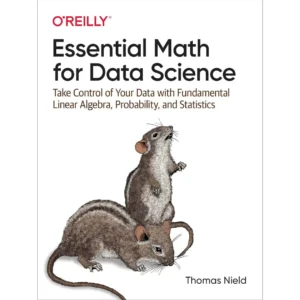
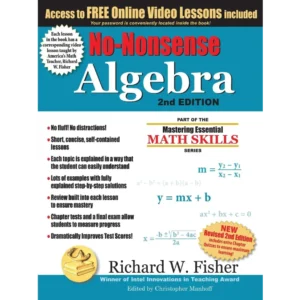
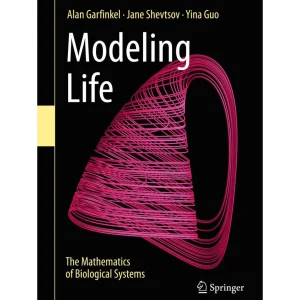

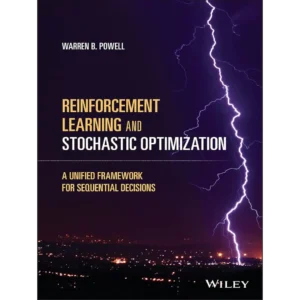
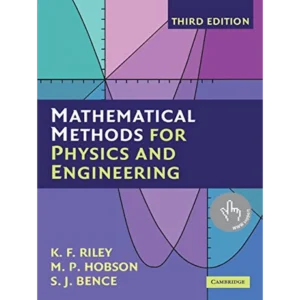
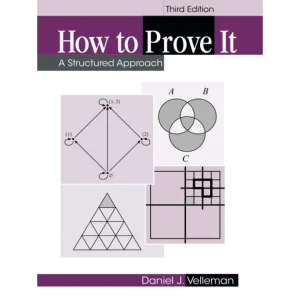
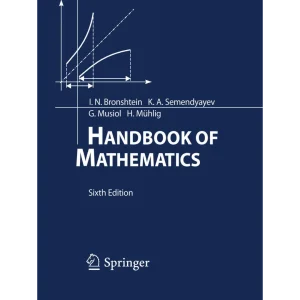
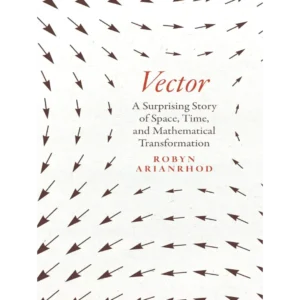
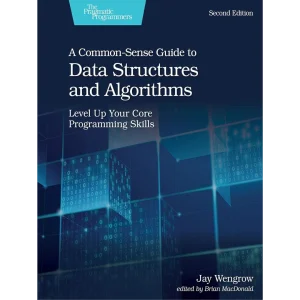
Math Customer –
It is the best book in this area that I have seen up to now. It is well-organized and all the notations and words are friendly to beginners and even experts in this field. Included materials are really tracing the latest advanced techniques. Actually, it is great that there are a lot of exercises at the ends of each chapters but there is no sufficient solutions or detail explanations to each questions.
加納 裕 –
画像が素人の私にとっては、本書の構成はとても素晴らしく映ります。
順序だてて「Projective Geometry」「Single View」「Two-View」「Three-View」「N-View」…と進んでいく流れは非常に読みやすく、しかも後述の問題の解法を既出問題に絡めて解説していますので、ともすれば問題が簡単に見えてしまいます。勿論専門家向けの本だとは思いますが、私のような門外漢でも頑張れば何とか読めそうに思えてしまいます(錯覚?)。数学もそれほど難しいものは使っておらず、かなりの部分が特異値分解(SVD)に帰着されます。
写真やイラストが綺麗で、これも読む気を喚起させます。逆に数式のフォントはちょっと見づらいかも知れません(好みの問題)。
初版も購入しましたが、二版はペーパーバックということで、持ち運びに便利なので買い直してしまいました。でも内容は殆ど変わっていませんので、初版で満足されている方はそれでも十分かもしれません。逆に、初版に満足できない方は、本書も同じ印象を持たれると思います。
K. Ni –
My lab has the first edition of this book. Everyone likes it. That’s why we order a second book. I have not read through the second edition yet, but this book rocks!
Denis Mikhalkin –
I find the book very useful, it is full of practically useful content. Formulas, theorems, lots of examples and illustrations. Overall very easy to read and understand, though requires you to recall your forgotten mathematical skills. The book does present what it claims on the first pages, so read the abstract and judge for yourself if you need the book. For my purposes, I found it to contain all the material I needed to perform certain image photo transformations and compositions. There is also lots of reference material, in terms definitions, formulas and theorems with proofs. And it’s good to have it all in one place.
Overall I would say it is worth the money.
calvinnme –
This book is very complete and rigorous in its explanations of the theory. However, I just think I like the approach in
An Invitation to 3-D Vision
a bit better. This book is better illustrated than that one and is more careful in its explanations, but this book just seems more focused on providing complete proofs than giving you a feel for how you would approach a real problem. Even the exercises are more along the lines of proofs. I like how An Invitation to 3-D Vision ends the book with a complete example. In all fairness, though, this book does have quite a bit of Matlab code on its website.
The book begins with some background material on 2D and 3D geometry. Then the author explains single-view geometry and how cameras map an image in 3D space to an image. Two-view geometry is next, with the author describing the epipolar geometry of two cameras ahd projective reconstruction from resulting image map correspondences. Part three of the book extends ideas to three cameras and the resulting trifocal geometry. The final section of the book takes the algorithms of the book to N views. Thus this book has a simple and straightforward structure that belies the complexity of the material.
If you are really researching this subject you should probably have this book for explanation, illustrations, and rigor, and the Invitation book for enlightenment through a good example-based approach. You should also have
Introductory Techniques for 3-D Computer Vision
as a text on the individual pieces of algorithms involved in 3D vision. And don’t even think about getting into this subject unless you already have a firm foundation in linear algebra, image processing, and computer vision in general as found in
Computer Vision
, which is my favorite introductory computer vision text.
A. Nagy –
Great book in this subject. The good things are…
– Clear theoritical introduction which many books miss to add
– Great appendixes about some mathematical theories necessary to understand this book
– Great organizaion of book chapters and coherent topics for each
– Bonus: Chapters for estimating hemographies and the math behind that
I cannot see any cons of the boox except that there is no clear road map to go into specific topic. For example, I am interested in multiple view geometry only (Trifocal tensor and above), I cannot figure out what I should read and what I can skip. I have to figure my way through.
After all, the best in the subject. Recommended.
Jace Priester –
If you’re interested in photogrammetry, buy this book. Extremely well written, extremely informative, and more clear than I could have hoped for. The only thing it doesn’t provide is written out code (not even pseudocode) – just a plain-English description of each algorithm’s steps.
acm –
Very good book, theoretical basics well explained for key applictinos to 3D computer vision. A must for 3D computer vision engineers and researchers
Tim W –
If you need a book about computer vision, this is not the book for you. However, if you are looking for something about the 3D vision. This is the best one.
Math books –
Das Buch habe ich als Begleitwerk für eine Vorlesung gekauft.Das Buch ist sehr verständlich geschrieben und hat mir sehr gut geholfen Vieles zu verstehen, was in der Vorlesung nicht sehr ausführlich erklärt wurde. Im Endeffekt hat der Prof aus diesem Buch einfach abgeschrieben. In seinen Folien hat er aber nur die Grundaussagen mit ein paar Stichworten benutzt.Man braucht schon bestimmte Grundkentnisse in Mathematik, um dem Autor folgen zu können, vor allem in der analytischen Geometrie und der linearen Algebra. Solche Themen wie Vektoren, Matrizen, Geraden, Ebenen, lineare Abbildungen müssen bekannt sein. Wenn man diese Themen nicht kann, wird man NICHTS verstehen und sollte das Buch nicht kaufen.Das Buch ist zwar in English, was auf einige (wie mich) zuerst abschreckend wirkt (weil der Inhalt auch nicht gerade trivial ist), die Sprache hat aber eine gewisse Leichtigkeit, der Satzaufbau ist einfach (paar Wörter müsste ich natürlich nachschlagen). Im Prinzip ist das fast das gleiche Vokabular, was man für ein Mathebuch braucht.
amanuensis –
First a disclaimer. I am not an expert on projective geometry. However, I found the topics to be clearly explained and motivated so that I had no trouble following the progression. I only wish I had found this book sooner, as I spent much time and effort developing algorithms and formulae that I could have picked straight from the chapters of this text.
Homer –
This book should be considered as the essentially the bible for anybody working on the 3D surface reconstruction from 2D images. After I read through the book for the first time 5 years ago, I have revisit some chapters numerous times and each time I had a more deeper understanding on this particular topic.
When I began working on 3D surface reconstruction 5 years ago, I had close to zero background on stereophotogrammetry, or even in projective geometry, however I had good background in linear algebra, image processing using matlab, and Engineering. It was painful to read through the book the first time because 1) I had very little background of the particular topic, 2) like one of the other reviewer said: ” this book just seems more focused on providing complete proofs than giving you a feel for how you would approach a real problem”. But later on when I had more deeper knowledge of this research field, I have to disagree with that comments. There are significant amount of algorithms presented in this book. When I finished reading the book the first time, I was frustrated because I am not very clear on where is a practical solution for the problem. Then I read some other books such as
Introductory Techniques for 3-D Computer Vision
. That book is a good start and did help me making a better understanding of the 3D surface reconstruction techniques. But it doesn’t cover the research topic thoroughly like Hartley and Zisserman’s book on stereophotogrammetry. It is very important to follow through the proofs to obtain a clear picture of solving problems and implementing algorithms presented in Hartley and Zisserman’s book.
And this book provides clear and easily implemented algorithms in both matlab and C++ (with help from open source libraries such as openCV).
Cynthia Zhang –
This is a very good book for computer vision major research. It just like a new book, I love it!
Shanmuga –
This book is a bible on multiple view geometry for Vision applications. I taught part of my 3D Vision course last semester using this book at IIT Jodhpur. I simply adore this book for lucid explanations and building the concepts from the most fundamental equations. A must read for every Computer Vision researcher and student.
Addendum:
I taught a similar course again at IIT Gandhinagar last semester. This book is really a treasure as the algorithms mentioned can be implemented with minimal effort. Students would love the way the material is presented in the book. But one has to use other books for covering topics related to feature detection and description (SIFT, SURF etc). That connection is missing in this book.
Michael Sander –
I graduated engineering school several years ago and was a bit intimidated to start something so new, but Hartley does a magnificent job of breaking things down into readable English.
Have you ever wondered why 4×4 matrices are used in computer graphics? In school we got a half-way answer about the projective matrix, but it was never really satisfying. This book explains the math behind that and much more clearly, leaving you with many “ah ha” moments.
vicjo –
Great book for anyone interested in Geometry Computer Vision. Can explain in a way you can pick it up and use it. Again it was a gift and makes a wonderful gift for someone in this field.
Che-Tsung Lin –
This book introduces the detail and necessary knowledge in remodeling 3D from multiple images captured either simultaneously or chronologically. For advanced researcher, this book is extremely helpful but it is quite difficult for beginner’s level. For anybody wanting to study this field from scratch, i would recommend “Introductory Techniques for 3-D Computer Vision” which is rather easy and explains the algorithm without the requirement of possessing prior field knowledge.
Alberto –
l’Hartley Zissermann è il libro fondamentale per comprendere la scienza della visione computerizzata. E’ un libro fondamentalmente di matematica e ottica. Ogni tematica di calcolo inerente alla computer vision è sviluppata senza fronzoli e con grande accuratezza. Difetti? Talvolta il libro perde di scorrevolezza dilungandosi su aspetti implementativi ai quali sarebbe giusto dedicare un’appendice, piuttosto che spargere qua e là nella trattazione.
H G –
This was a great book. Worth the money. Clearly written. After reading this, I could implement my own algorithms to compute homographries.
Sunu Wibirama –
I have been doing research in 3D computer vision since 2008, but I really got a chance to buy this book just only recently. This is a great book for researcher who studies 3D computer vision and vision-based robotics (i.e.: reconstructing 3D model from multiple images, camera calibration, using stereo camera for visual odometry, etc.). One thing that I admire from this book is the ability of both authors to explain the philosophy behind projective space and homogeneous coordinate. You can find a bunch of equations on the other books, but you can only find here the reason of why we need to use projective space when dealing with 3D reconstruction from multiple images.
Geometry and algebra require strong imagination. However, a picture is worth a thousand words. This book provides several illustrations that help you understand what the authors meant in explaining several crucial terms, such as affine transformation, distortion from camera projection, etc.
Several suggestions for better improvement:
1. The companion website is useful: http://www.robots.ox.ac.uk/~vgg/hzbook/
However, it is not periodically updated. If the authors can provide a live blog or a github account to provide contributed source code, this book will be really awesome and useful, even for beginners. I really admire how Matthew A. Russell (author of Mining the Social Web) helps his readers developing their skill using his book. He also gives opportunity to his readers to delve broader topics.
Take a look at these pages:
https://github.com/ptwobrussell/Mining-the-Social-Web-2nd-Edition
http://miningthesocialweb.com/
2. It is better if authors provide “learning road map” for whom newly entering research area in 3D computer vision. New researcher often asks: “What should I do to grasp the content of this book? You said that your book is a primary source in 3D computer vision, but what are introductory references needed to understand your book?”
Personally, I will suggest you to read a classic “An Introductory Techniques for 3-D Computer Vision” by Trucco and Verri (1998) before getting “bigger image” of what can be done by 3D computer vision. For math, “Introduction to Linear Algebra” by Strang is my favorite.
Finally, I really recommend this book in your reading list, if you are working on 3D computer vision. You will never regret to have this book in your bookshelf.
Kyle Wilshusen –
My favorite computer vision textbook, but really dense and as the title implies, this entire book focuses on line intersections, and projections of points to planes, and other geometrical concepts, so don’t expect to find anything else.
Babak –
Fantastic book has everything you need for geometric calculations using cameras!
Jay –
great book.
Co1dAt0m –
A must read for serious computer vision researcher
xx –
This is the only best book for 3D computer vision!
Omar M –
Estoy trabajando actualmente en mi tesis, sobre reconstrucción tridimensional y encuentro este libro como una referencia obligada y una buena guía.
Keller Juerg –
Sehr nützliches Buch, verständlich geschrieben. Es ist mein Nachschlagewerk für 3D-Vision. Viele Probleme werden an praktischen Beispielen gezeigt. Kommt auch bei Studierenden gut an.
n00dle –
Well written, clear and concise. Builds complexity at a sensible level.
Giorgio –
Una completa e approfondita trattazione di tutti gli argomenti di analisi di immagini e visione. Penso sia il migliore libro sull’argomento.
JDH –
I value text books that are clearly written. You can look at the description of two books, they seem identical, but one is clear and easy to understand, while the other makes no sense at all. This text book is very clearly written, and it’s a pleasure to read.
The book is almost entirely self contained, though understanding Projective Geometry first will help. “Geometry and Analysis of Projective Spaces” by C. E. Springer is a good choice for that. The only weak spot in this book was the description of Plucker lines. Fortunately, these were not used extensively later in the text.
Xin Jin –
Wonderful book with colors
Claudia Ramírez –
Este libro es una muy buena referencia sobre geometría proyectiva aplicada a visión por computadora. Es una base sólida para la visión multilocular. Esta literatura abarca tópicos desde los principios de geométrica proyectiva, modelo de cámara pinhole, modelo de sistemas estéreo, rectificación de imagen, tensores triloculares, métodos de reconstrucción tridimensional entre otros. Este libro debe leerse cuidadosamente –detalladamente por no decir–, ya que el autor precisa en muchos detalles para los tópicos, y es fácil perderse si se omite algún de estos. En general, la teoría expuesta en mi experiencia es replicable y experimentable (por ejemplo métodos de triangulación y calibración de dispositivos pinhole) además, este libro contiene algunos métodos matemáticos conocidos sintetizados de manera ecuánime en los apéndices. Sin duda recomendado ampliamente.
Sunny Au Yeung –
Just satisfied with the book and delivery.
michael –
it was red color on side , pages wasn’t straight and seems read before
so feeling not new book but since i need it wont return
Finfa811 –
Cualquiera que se dedique a Computer Vision o esté interesado necesita este libro en su estantería. Es una de las biblias a nivel teórico que existen. Un gran libro de consulta.
Gaia –
Perfect conditions and fast delivery. Recommended